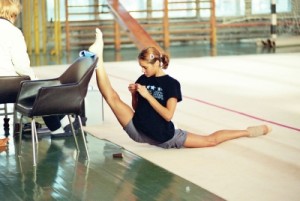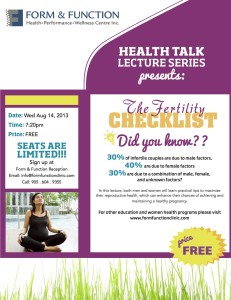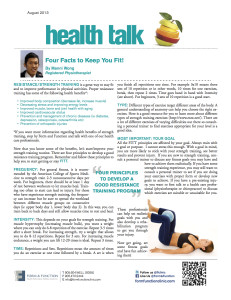What is it?
Proprioception is the sense of relative position between joints and body parts. This sense allows us to know where our limbs are in space subconsciously. It is very important in all every day movements but it is especially important in sports where often complicated, precise and coordinated movements are required.
How does it work?
Proprioception system is made up of sensory receptors in our muscles, tendons and joints. These sensory receptors pick up information regarding tension and stretch of tissues and send this information to your brain. The brain processes this information and automatically sense motor signals to adjust your muscles contraction or relaxation to achieve your desired movement.
Why is it important in rehab?
After an injury, especially if you have been immobilized, these sensory receptors can be impaired leading to a deficit in your proprioception system. Just like a muscle can shrink or atrophy from disuse, these sensory receptors can lose function if they are not being used. With an impaired proprioceptive system, your coordination is decreased leading to hindered athletic performance and a greater change of reinjury. It is the second injury following the initial injury that often causes more severe consequences.
There are ways of redeveloping your proprioception safely and it is a must if you sustained any lower limb athletic injury. Please feel free to contact the health care professionals at Form and Function to find out more about proprioceptive training following injury.
Manni Wong
Registered Physiotherapist
 The best way to think this one through is to imagine “flexibility” as your passive range of motion; it is how far you are able to bend forward . This is usually limited to tonicity of the muscles, tendons, ligaments, fascia, scar tissue and joint capsules.
The best way to think this one through is to imagine “flexibility” as your passive range of motion; it is how far you are able to bend forward . This is usually limited to tonicity of the muscles, tendons, ligaments, fascia, scar tissue and joint capsules.


